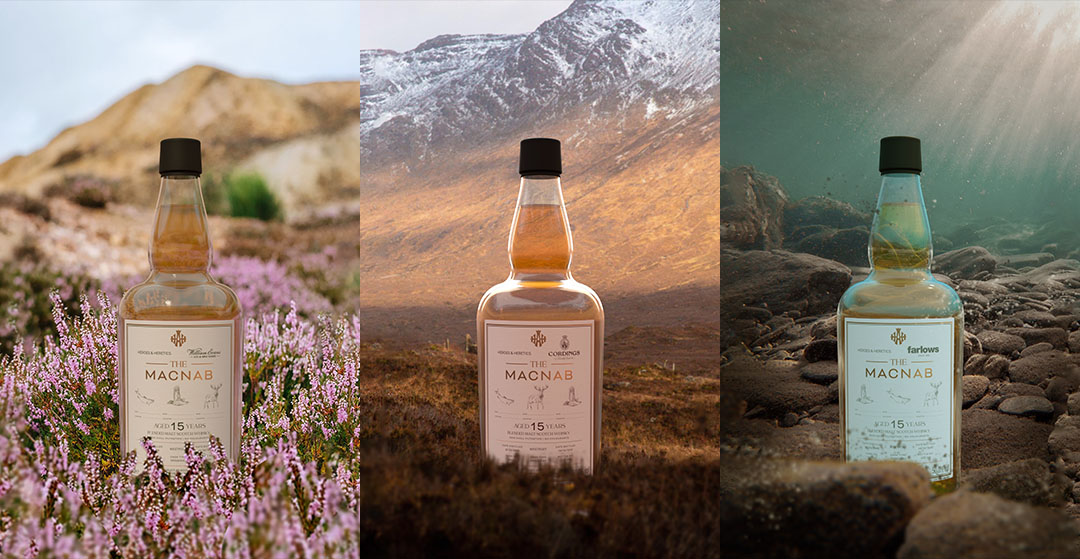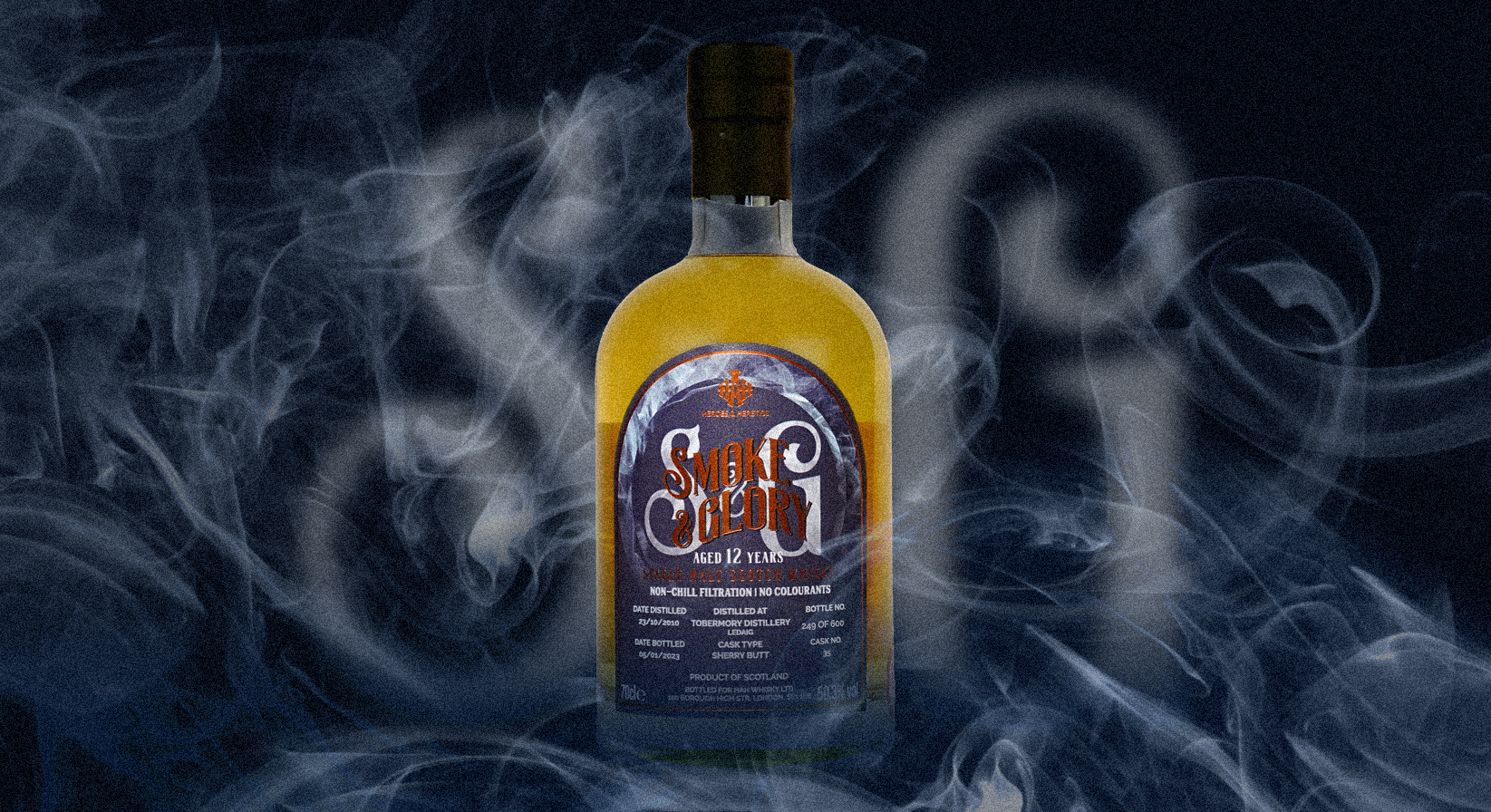For many people, there is little understanding of the oft-overlooked spirit rum. For many, it is first drunk on holiday or at a party. My first drink was as a guest on-board a Royal Navy ship (HMS Fox) and I have never forgotten the powerful flavours and strength of the spirit.
There is a huge amount of rum drunk around the world. For instance, in the United States, people buy more rum than bourbon, Scotch, gin or tequila. This is a shocking revelation and one that needs further investigation.
Statistics from the Distilled Spirits Council of the United States (known as DISCUS) show that in 2017, over 25 million 9-litre cases of rum were sold across the country, compared to approximately 19.3 million 9-litre cases of bourbon, 9.4 million cases of Scotch, 10 million cases of gin, and 13.8 million cases of tequila.
Yet the knowledge and the types of rum are a mystery to most consumers in the USA and the UK. Beyond the basics, Bacardi and Captain Morgan, how much does the average consumer know about rum? Well, hopefully, this simple guide will explain the story.
Despite the spirit’s overall popularity, it remains one of the least explored major categories, with few younger drinkers moving past rum and coke. Surprisingly, even in the Caribbean, rum’s birthplace, the spirit is still an underdog. So, it is time for a comprehensive beginner’s guide to Rum – no experience necessary.
The key to understanding rum begins with the basics: sugarcane.
Sugarcane, or sugar cane, or simply ‘cane’, are several species of tall perennial true grasses of the genus Saccharum, native to the warm temperate to tropical regions of South Asia, Southeast Asia New Guinea, and South America. Typically, it is used for sugar production.
It has stout, jointed, fibrous stalks that are rich in the sugar sucrose, which accumulates in the stalk internodes. The plant is two to six metres (six to twenty feet) tall. All sugar cane species can interbreed and the major commercial cultivars are complex hybrids.
Sugarcane belongs to the grass family Poaceae, an economically important seed plant family that includes maize, wheat, rice, and sorghum, and many forage crops.
This tall grassy plant that originated in Asia and was then brought via trade to Portugal in the early 1400s. It is thought that Christopher Columbus is responsible for transporting the crop to the Caribbean. On his second voyage, he introduced sugarcane to the island of Hispaniola, today’s Dominican Republic, and Haiti. From there, the plant spread across the Caribbean.
The history of rum production dates back at least as far as the 1650s, originating in Barbados. There is much confusion as to what rum actual is and what types exist for drinking and making cocktails.
No experience necessary guide to types of rum
- Agricole: Rhum Agricole refers to rum which has been produced from sugarcane juice, as opposed to molasses.
- Dark Rum: Dark rums are traditionally the heaviest, fullest body of any rum classification, and are ideal for Tiki cocktails or straight sipping. They have been well-aged in charred barrels and are darker and richer in both colour and flavour profile, with caramel and molasses both common prominent notes.
- Gold Rum: Gold rums are medium flavoured and vary in terms of ageing. Many gold rums, including certain popular brands, actually make use of additives such as caramel colouring rather than ageing to produce the desired result.
- Naval Strength: Naval strength or navy proof rums are bottled at 50 per cent or more, and owe their name to British naval rum rations. This was my first experience and it a tradition that endures in some quarters and Naval bases.
- Overproof: Overproof (or OP) rum is bottled at 60 per cent ABV or more. It’s the preferred local rum across many Caribbean islands. That’s typically not based upon flavour, but rather economics. More bang for the buck, and gets the job done quicker.
- Spiced Rum: Spiced rums have added spices to produce that signature style, which may include anything from pepper to Bayleaf, cinnamon to anise and beyond. They may also receive added colouring.
- White Rum: This is what most people experience as their first rum. White or clear rums are not always unaged. They may be charcoal filtered after spending one or two years in the barrel, removing the colouring along with impurities.
- Cuban Rum: Cuban rum which is available in the UK may just find their way to the US market in the next few years, thanks to cooling tensions and shifting economic and political policies. Havana Club, a popular global brand from Cuba, would be sold under the label of Havanista, as Bacardi has its own Havana Club label.
Let’s clear up one major misconception about rum is that some believe all rum is made from molasses. The vast majority (approximately 95%) is, but other producers make rum directly from sugarcane juice. Notable exceptions include Ron Barcelo, from the Dominican Republic, and Rhum Barbancourt, from Haiti.
The spelling of rum some is ‘Rhum’ – this typically refers to Rhum Agricole, which is itself a French phrase indicating rum made from sugarcane juice. Therefore, Rhum Agricole generally hails from French Caribbean locales. While ageing and blending always play a prominent role in Rhum Agricole’s flavour, the spirit generally tends to showcase earthier notes and a lighter overall taste.
For the American market, most people think rum comes from Puerto Rico and Jamaica, but the Caribbean is rum’s true home. The major producers which include Antigua and Barbuda, Barbados, Dominican Republic, Grenada, Haiti, Jamaica, St. Lucia, Trinidad & Tobago, and others—but rum is made in many other countries and territories across the Caribbean, as well as across Central and South America.
As malt whiskies (such Islay) are known for their smoke, salt and peat, and terroir is prominent in any discussion of wine, there’s regionalization of rum. Like many other spirits, where a particular rum is produced may impact its flavour profile. As Scotch from Islay is known for its smoke, salt and peat, and terroir is prominent in any discussion of wine, there’s regionalization of rum, too, including different climates and preferred regional styles.
One key factor is the sugarcane itself, and which variety of the crop is distilled. The other factors include:
- Barrels: Like Scotch, the types of barrels in a which a spirit is aged impacts the liquor’s final flavour. Most rum producers age their wares in used bourbon barrels. Some of the new craft rum distilleries also make use of used sherry casks for several of their new products.
- Climate: The year-round heat of the Caribbean, shifting only from stiflingly hot and humid to pleasantly warm, leads to a much more rapid ageing process than Scotch or American whiskey, and a much thirstier angel’s share (the evaporation of the product).
- Still: Both pot stills and column stills are utilised in the production of rum. Certain brands, such as Jamaica’s Monymusk, don’t limit themselves to a single variety but use a mixture of both pot and column still rum.
- Yeast: Every brand has its preferred yeast, whether natural or cultivated, and each specific yeast strain will have a different impact on the quality of fermentation, as well as the rum’s final flavour.
The next ‘no experience necessary’ question is how to differentiate between rum qualities. A good place to begin is to look for Authentic Caribbean Rum (ACR) symbol. It shows that a specific set of production standards have been met. There will not be additives, the age statement must refer to the youngest rum in the bottle, and the spirit must have been aged for at least one year in wooden barrels or vats.
Rum often blends together batches of various ages. The youngest aged rum is what appears on the label, as described above, but it may be a comparatively small portion of the blend.
The master blender is to rum what the master distiller is to whiskey—he or she is the person in charge of painstakingly fine-tuning that spirit. Blending rums of different ages to produce a smooth finished product with the desired taste profile is part science and part art, and it takes decades to perfect.
As with other spirits, in selecting a single cask rum, look for authenticity and detail on the label, and do some homework on brands, their products and their processes.
Enjoy!



You must be logged in to post a comment.